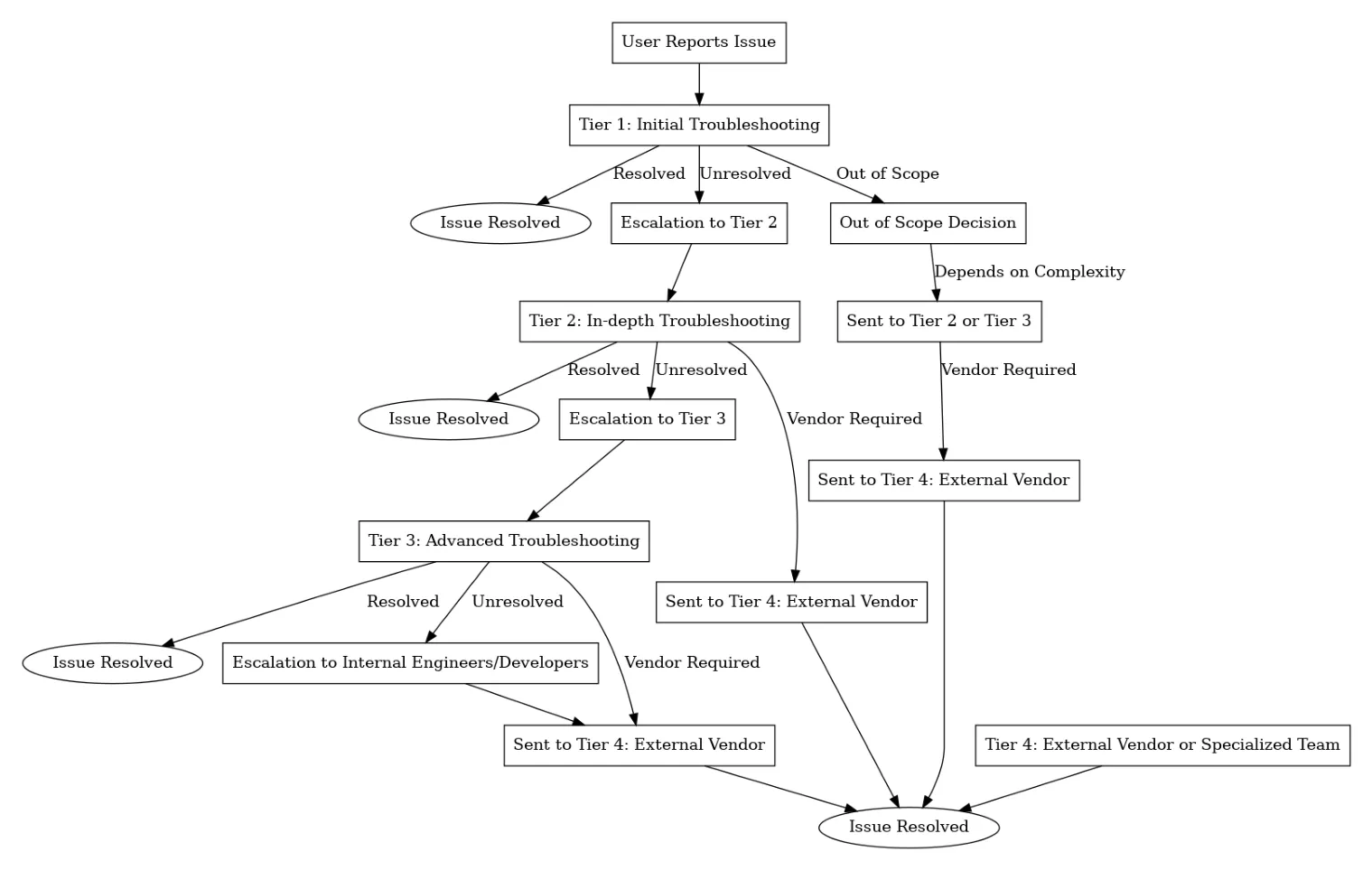The difference between IT support tiers is based on the complexity of the issues handled. Lower tiers handle simple tasks like password resets, while higher tiers handle more complicated problems. As a result, different support levels also require technicians with different expertise.
“Ensuring every end-user quickly gets the support they need is essential for any business. The tiered support system offers a way to accomplish that efficiently.” – Jason Harlam, Business Development Manager, Technology Advisory Group.
Tiered technical support is generally more beneficial for end-users and technicians alike. Technicians can focus on the IT issues they know best, while users can quickly connect to the support staff who can best address their problems.
This article will showcase how this support structure works. We will explain the 5 tiers of tech support, explain the escalation process, and demonstrate how this system offers tangible benefits.
IT Support Tiers Explained
Level 0 Support
Tier 0 support allows customers to solve their own problems without human interaction. This level includes tools like knowledge bases, FAQs, and community forums. A key reason for implementing Tier 0 in any support system is that 67% of customers prefer self-service over speaking to a support agent.
Level 1 Support
Tier 1 IT support is the first point of contact for users. It deals with basic issues like password resets, troubleshooting common software problems, or providing simple instructions. The focus here is on quickly resolving easy-to-fix problems or escalating them if necessary.
Level 2 Support
Tier 2 IT support handles more complex issues that Tier 1 cannot solve. These are typically problems that need more in-depth knowledge, like software installation issues or network connectivity problems. Tier 2 technicians often use remote access to investigate and fix the problem.
Enjoy Reliable IT Support From a 100% U.S.-Based Team |
Level 3 Support
Tier 3 IT support involves specialized expertise. It deals with critical or highly complex issues that require advanced technical knowledge, often related to system architecture or software development. Tier 3 technicians may need to work with the original developers or engineers to resolve the issue.
Level 4 Support
Tier 4 IT support is external to the organization and typically involves vendors or third-party services. This tier focuses on issues related to products or services that require vendor involvement, like hardware replacements or proprietary software problems that need vendor-specific solutions.
How Does the IT Support Tier Escalation Process Typically Work?
The IT support tier escalation process follows a structured flow to address and resolve issues systematically. When an issue arises, it starts with basic troubleshooting, and if unresolved, moves through various escalation steps until a solution is found.
However, Tier 1 technicians may also immediately send the issue to a higher tier. They will do this for hardware and software issues that they know are out of their scope. In these cases, they will start at the appropriate tier for the issue in question to save everyone’s time.
Here is a visual representation of what that may look like.

What Are The Benefits of Separating IT Technical Support Tiers?
1. Improved Efficiency
Separating IT support into tiers helps streamline issue resolution. Lower-tier support handles simpler problems quickly, while more complex issues are escalated to higher-tier experts. This prevents bottlenecks and allows the team to manage issues more efficiently.
2. Cost-Effective Resource Allocation
Dividing support into tiers ensures that more expensive, highly-skilled staff are not spending time on minor or routine issues. Lower-tier staff handle the bulk of everyday problems, which reduces overall costs without sacrificing quality of service.
3. Faster Response Times
A tiered system ensures that incoming support requests are quickly assessed and directed to the appropriate tier. This enables faster initial responses to user inquiries, as lower-tier staff can promptly address simpler issues or escalate more complex ones without delay.
4. Better Customer Experience
Customers receive faster initial responses to their inquiries and more focused attention on complex issues. Customer satisfaction peaks at 84.7% when response times are between 5 to 10 seconds. This structured approach helps you get as close to this peak as possible. It also helps increase confidence in the support process.
| Read More About How to Enhance Customer Service Through IT Support |
5. Scalability
A tiered support structure easily adapts to the growth of the organization. You can expand lower-tier staffing to handle increasing demand while keeping higher tiers focused on specialized tasks.
6. Improved Accountability
A tiered system assigns responsibility clearly at each level of support. Each team knows its role, which reduces the risk of issues being overlooked and improves accountability across the board.
7. Faster Problem Resolution
The separation of tiers ensures that straightforward issues are resolved more quickly by lower-tier staff, while complex problems are escalated to the appropriate level. This tiered approach minimizes the amount of time users spend waiting for resolutions.
Do Different Tiers of IT Support Come With Different Prices?
Some IT support providers may have different contracts depending on the level of IT support you choose. In most cases, higher levels have higher prices. The pricing structure of these tiers can also follow different models, such as per-user, per-device, or a tiered system where services are bundled into packages.
Still, no matter which level of technical support you choose, outsourcing IT support is typically more cost-effective than higher additional in-house staff. On average, outsourced IT support costs $40,000 a year. By comparison, a junior support technician’s salary ranges from $40,000 to $60,000, and an experienced one can make up to $150,000 per year.
| Meet Your New Rhode Island Technical Support Team! | |
| Providence | Worcester |
Enjoy Multiple IT Support Tiers for One Consistent Price
Managing multiple service desks with differing prices can get tedious quickly. So, it’s beneficial to find a single reliable provider who can help you up to the highest level of technical expertise for a simpler price tag.
The Technology Advisory Group (TAG) offers managed IT support services for any technical problem. Our services come with a single, predictable, fixed cost, so you don’t have to worry about calculating different costs for different IT support tiers.
Contact us today to learn more.
Schedule Your Cloud Services Consultation
Ready to make a move to the cloud? TAG is ready to help with any or all cloud services from a private cloud, public cloud, or Microsoft 365 services.


